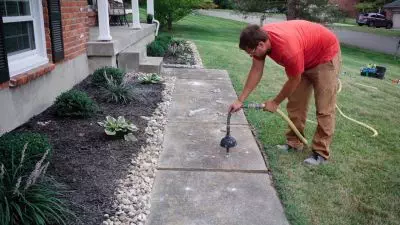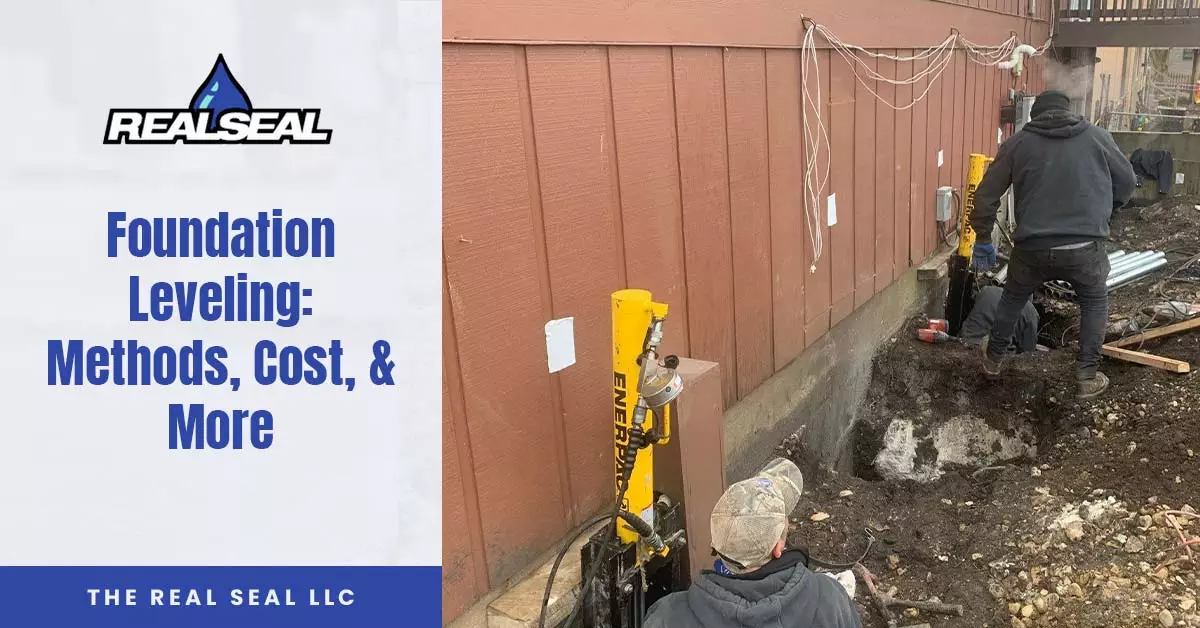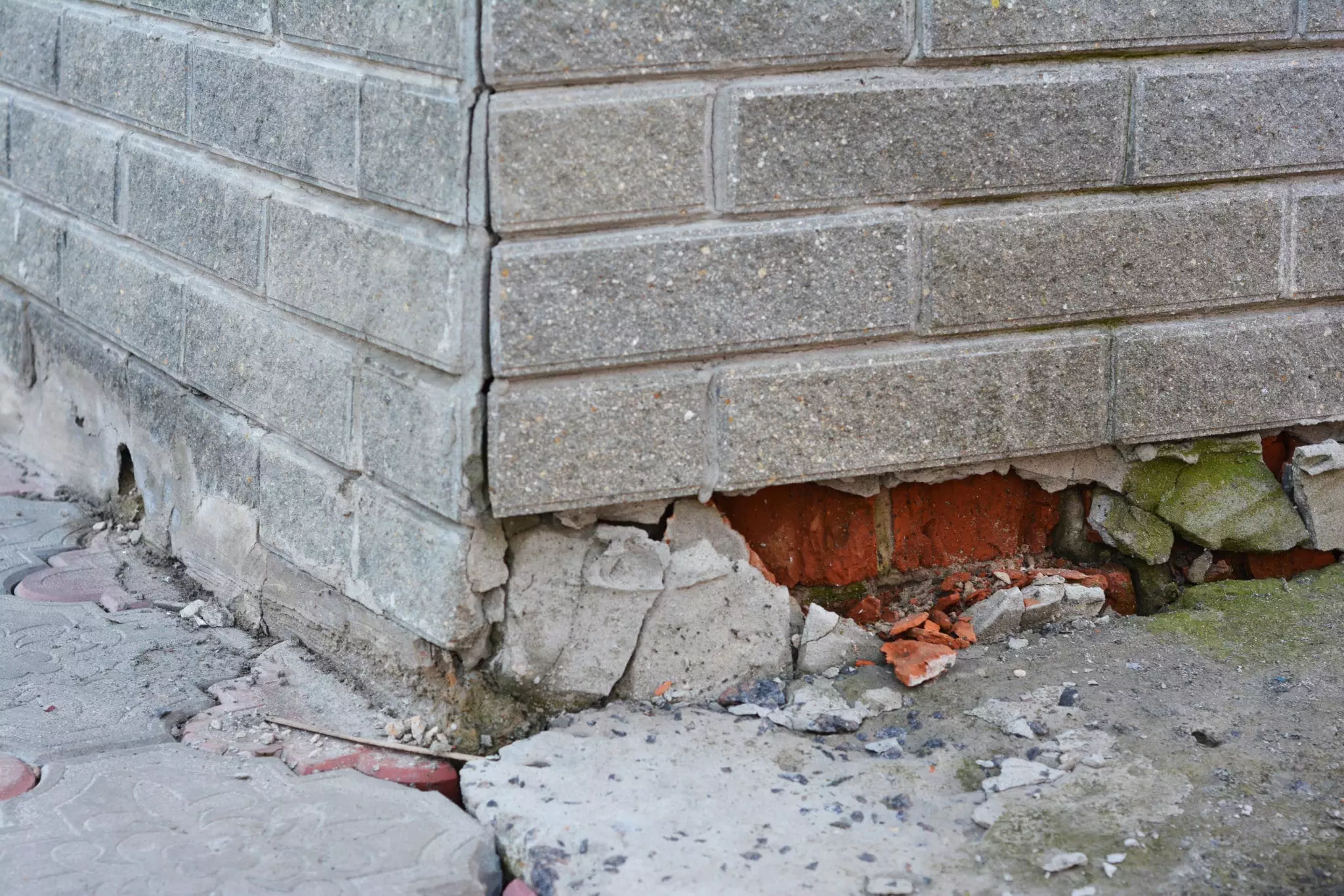
How to Master Slabjacking Like a Pro in 2025
Imagine transforming uneven surfaces into seamless beauty with just a few smart techniques. Slabjacking, a method that might sound complex, can become your best ally in 2025. Whether you’re dealing with concrete leveling or seeking effective foundation repair, understanding and mastering this process offers you efficient and lasting solutions.
In the world of home repairs, knowing how to address concrete issues yourself saves time and money. From driveway repair to sidewalk leveling, you’ll explore reliable methods like mudjacking and cement jacking. Want to fill those pesky voids or tackle slab lifting? The secrets of concrete raising and polyurethane lifting await you.
Ready to turn your concrete challenges into triumphs? Dive in now and discover how to tackle these tasks with ease and confidence!
Within the post
Understanding Slabjacking Basics
What is Slabjacking?
Have you ever seen a sunken driveway or a sidewalk that seems uneven? If so, you’re looking at a place where slabjacking can help. Slabjacking is a process that helps lift sunken concrete back to its original position. It’s like giving your concrete a little lift-up, so it looks and works like new.
This technique can help repair driveways and sidewalks and make them even again. Slabjacking is especially useful in areas where soil has settled, causing the concrete to droop. By using this method, you can fix the problem without having to replace the whole slab. It saves you time and hassle!
Benefits of Slabjacking
You might wonder why slabjacking is worth considering. Well, for starters, it is a cost-effective for homeowners. Instead of tearing out old concrete and pouring new slabs, slabjacking uses the existing structures. This not only saves materials but also reduces costs.
Moreover, slabjacking is a quick and efficient repair method. Repairs can often be made in just a few hours, and once the job is done, you can use your driveway or path immediately. This means less inconvenience for you and more time enjoying your safe and smooth surfaces.
Tools and Materials
To perform slabjacking, professionals use specific tools and materials. One main tool is the cement jacking systems. This system typically involves a pump, hoses, and material injectors. The materials used could be a slurry made from cement or other substances designed to fill the gaps beneath the concrete.
Sometimes, companies might use foam or other synthetic materials. These are injected to lift and stabilize the concrete. Regardless of the material, the goal is to fill the empty space under the slab and push it up to its proper level.
Comparing Concrete Leveling Methods
When it comes to leveling concrete, there are several techniques available. It’s important to explore different techniques to know which one suits your needs the best. The three main types are mudjacking, polyurethane lifting, and slab lifting. Each has its own merits and uses.
- mudjacking: This method involves pumping a slurry of soil and cement under the slab. It’s a traditional method that works well for many applications.
- Polyurethane lifting: This uses a combination of chemicals to lift the slab. It’s a fast process and often requires smaller holes than mudjacking.
- Slab lifting: Similar to the other methods, this uses specialized equipment to adjust the height of the concrete.
Your choice may depend on various factors like the specific problem you’re facing, your budget, and the type of concrete you’re dealing with. Therefore, it’s wise to choose based on your needs and what will be most effective for your situation.
Step-by-Step Slabjacking Process
Preparation
Before any slabjacking begins, it’s crucial to prepare properly. Start by inspecting the foundation thoroughly. This step ensures that you understand the extent of the problem and prevents any surprises during the repair. Look for signs like cracks or uneven spots that need attention.
Next, you’ll need to plan the leveling strategy. This involves deciding where to drill and what materials to use. Proper planning helps ensure a smooth process and a successful outcome.
Execution
Once preparation is complete, it’s time to start the execution phase. First, you need to drill holes precisely into the concrete. These holes will allow the jacking material to be injected underneath the slab. Precision is key here to ensure an even lift.
After drilling, the next step is to inject material into voids beneath the slab. As the material is pumped in, it begins to raise the concrete. You must monitor the process closely to avoid over-lifting or creating new issues.
Finishing Touches
Finally, once the slab is at the desired height, the holes are sealed and the surface is cleaned. This ensures the area looks good and prevents any further issues. It’s important to double-check the work to make sure everything is stable and even.
Addressing Foundation Repair Needs
Recognizing Issues
Understanding the signs of foundation trouble is important. Cracks in walls, doors that don’t close properly, and uneven floors are all red flags. If you spot these signs, it may be time to consider repairs. Recognizing these issues early can save you money and prevent further damage.
Choosing Repair Options
Once you’ve identified a problem, the next step is to choose repair options that suit your needs. This might include slabjacking or other foundation repair methods. Considering factors like the severity of the issue and your budget will help you make the best choice.
Sometimes it might be best to consult a professional to assess the situation and recommend appropriate solutions. Their expertise can guide you in picking the most effective and efficient method for repairing your foundation.
Importance of Void Filling
Why Fill Voids?
Filling voids under concrete is crucial for several reasons. For one, it helps prevent structural damage by supporting the weight of the concrete and minimizing movement. Without filling these voids, you risk further settling and potential failure of the concrete.
Additionally, void filling enhance stability and strength of the slab. This process ensures that the concrete remains level and safe to use for years to come. It’s all about creating a solid base for your concrete to rest on.
Common Void Filling Methods
There are several methods used to fill voids, but two of the most common are mudjacking and polyurethane filling. Mudjacking involves pumping a cement mixture under the concrete to lift and level it. Alternatively, polyurethane filling uses expanding foam to fill the gaps beneath the concrete.
Both methods are effective, but the right choice might depend on the specific situation and desired outcome. Maintain long-term durability by choosing the correct method to ensure your concrete stays in great shape for a long time.
Concrete Raising for Different Areas
Sidewalk Leveling
Uneven sidewalks can be more than just an eyesore; they can also be a safety hazard. By leveling sidewalks, you can ensure safe pedestrian paths for everyone. This process helps avoid trips and falls, making it safer for kids, the elderly, and everyone in between.
Leveling can also help avoid trip hazards easily. With slabjacking, you can quickly and easily fix these issues without replacing the entire sidewalk, saving time and money.
Driveway Repair
A well-maintained driveway can do wonders for a home’s appearance. Slabjacking plays a key role in improving home’s curb appeal. By lifting and leveling the concrete, your driveway will look fresh and even, enhancing the overall look of your property.
Moreover, a leveled driveway can enhance driveway functionality. Cars will drive smoother, and there will be less water pooling in low spots. All of these things add up to a driveway that’s both attractive and functional.
Tips for Mastering Slabjacking
Practice Regular Maintenance
To keep your concrete in tip-top shape, it’s important to practice regular maintenance. This involves monitoring your concrete surfaces for any signs of cracking, sinking, or wear. By staying on top of these issues, you can prevent future sinking issues and maintain the integrity of your concrete.
Seek Professional Help
While it’s possible to handle some aspects of slabjacking on your own, there are times when you might need to consult experts when necessary. Professionals have the experience and tools necessary to ensure quality and precision. They can offer guidance and execute repairs quickly and effectively.
Moreover, it’s essential to stay informed about innovations in the field of slabjacking. Technology and methods are always evolving, and keeping up-to-date means you can adapt to new techniques.
Stay Safe During Repairs
Safety should always be a priority during any repair job. Make sure to follow safety guidelines consistently to protect yourself and others. Wearing protective equipment such as gloves and goggles is a must during the repair process.
Additionally, always ensure a safe environment by keeping the area clear of obstacles and hazards. This not only protects you but also ensures that the repair work is carried out smoothly and efficiently.
Mastering Concrete Raising
Mastering concrete raising techniques can save you time and money on foundation repairs. By understanding the process of leveling sidewalks and driveways, you ensure a safe and smooth surface for everyone. It’s not just practical; it also boosts your property’s appearance and value.
Start by gathering the necessary tools and materials. Familiarize yourself with the key methods like mudjacking and polyurethane lifting. Practice these techniques in a small area to build confidence. Learning step-by-step ensures you get comfortable before tackling bigger projects.
Now, take action and begin your concrete leveling journey. Your property will thank you, and so will your peace of mind. Dive in and start your first project today!






